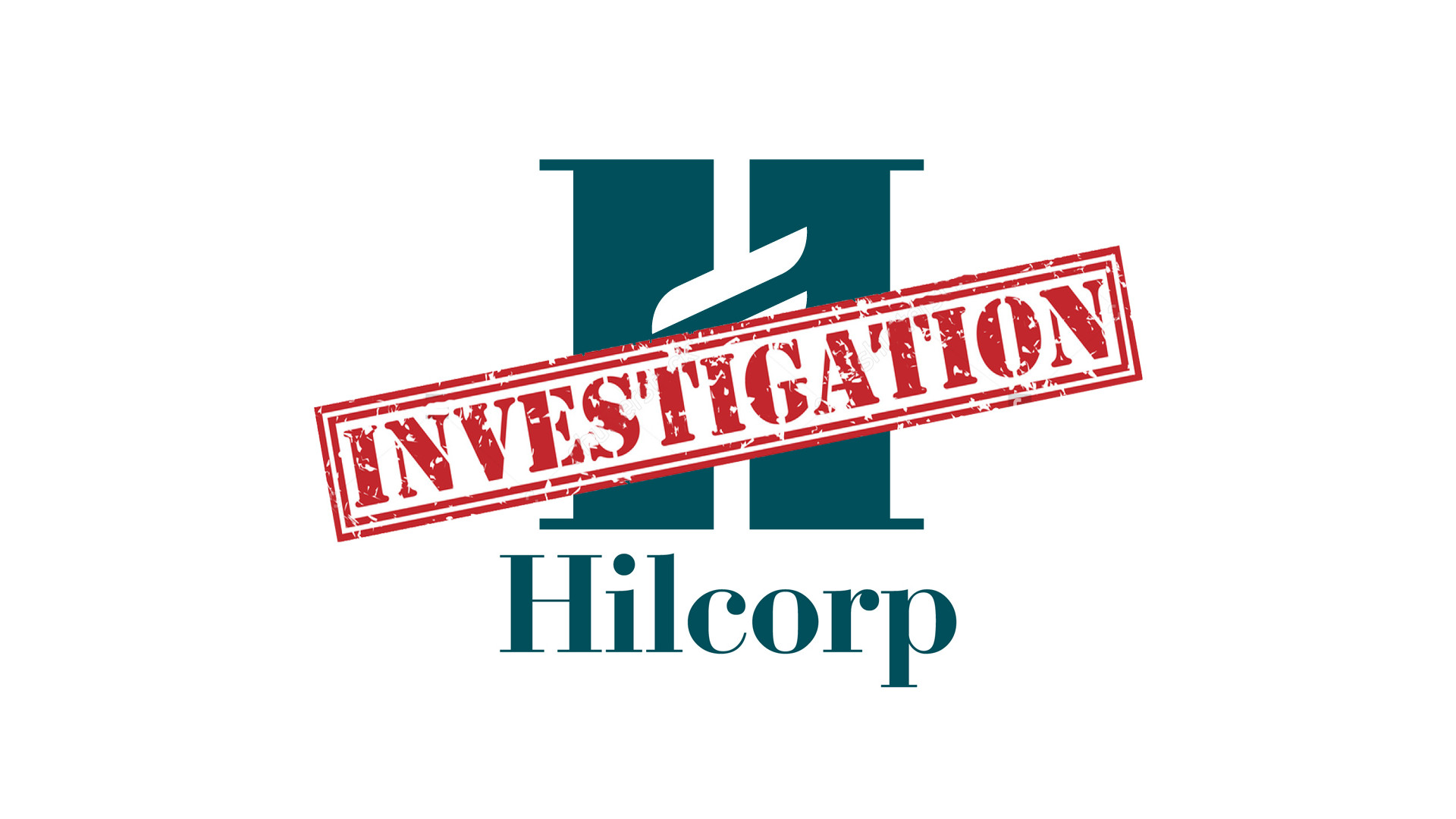Editor’s Note: This is part two of The Revelator’s months-long investigation into Hilcorp Energy. You can find part one here.
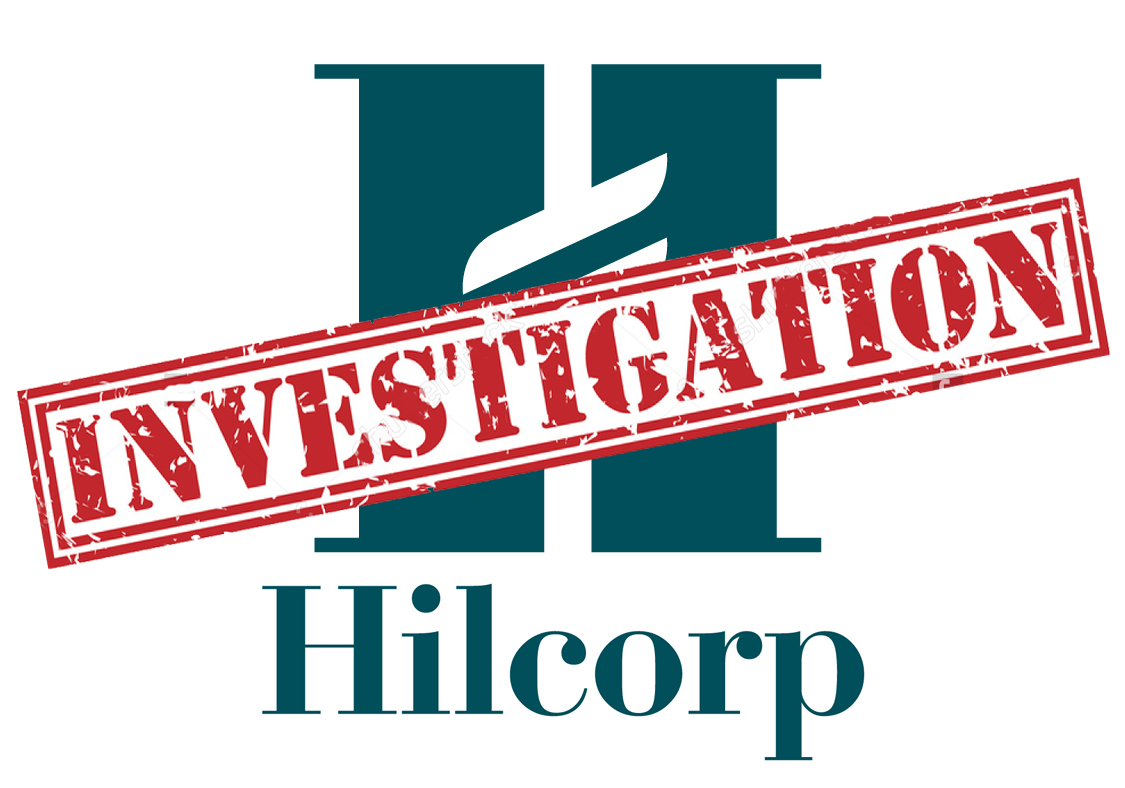 After making more than $1 billion speculating on West Texas oil and gas shale in 2011, Houston billionaire Jeffery Hildebrand turned his focus to rehabilitating Alaska’s aging oilfields in ecologically sensitive Cook Inlet and the North Slope’s fragile tundra.
After making more than $1 billion speculating on West Texas oil and gas shale in 2011, Houston billionaire Jeffery Hildebrand turned his focus to rehabilitating Alaska’s aging oilfields in ecologically sensitive Cook Inlet and the North Slope’s fragile tundra.
It looked like a perfect fit for Hildebrand’s business strategy of redeveloping oilfields after the major companies have moved on to more lucrative prospects. Oil prices were soaring above $100 a barrel, and the state was shelling out billions in subsidies to energy producers.
A key component in Hildebrand’s business model is to slash operating costs to the bone while offering six-figure bonuses for the rank-and-file as incentive to get the work done. The model appears to have worked well when oil prices were high.
But the 2014 collapse in oil to below $50 a barrel and the company’s aggressive operating philosophy put Hilcorp Alaska in regulators’ crosshairs as the company became the most cited energy producer in the history of the Alaska Oil and Gas Conservation Commission.
“The aggressiveness with which Hilcorp is moving forward with operations appears to be contributing to regulatory compliance issues,” the commission stated in its first formal enforcement action in April 2013, when it fined Hildebrand’s company $93,000. The fine was levied after regulators had issued a dozen violations between April and December 2012.
“Strong evidence indicates that Hilcorp has not adequately prepared its personnel for operations in compliance with AOGCC regulatory requirements,” the agency stated. “Left unaddressed and uncorrected these and similar violations will be repeated.”
The commission’s prediction of more problems with Hilcorp Alaska was on the mark.
In November 2013 the commission held what its records called an “unprecedented meeting with Hilcorp operations personnel” to “draw attention to and correct Hilcorp’s relatively high frequency of noncompliant activities.”
The violations included Hilcorp’s failure to follow approved well-drilling procedures, failure to notify the commission of well-safety tests and failure to notify the commission of changes to well-drilling plans.
The unusual meeting appears to have made little impression on Hildebrand.
In October 2014 Hilcorp Alaska narrowly escaped a disaster when fire broke out on an operating natural gas platform in Cook Inlet. Four workers were helicoptered off the Baker Platform after they were unable to put out an electrical fire that started in a heater installed in the 1960s. The fire destroyed the platform’s living quarters.
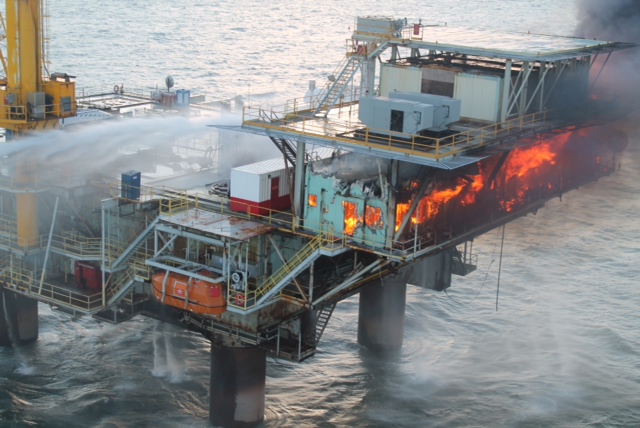
Hilcorp Alaska had another close call in September 2015 when three workers narrowly escaped death during a well-cleanout operation at its North Slope Milne Point oilfield. The oil and gas commission determined that Hilcorp’s unauthorized use of nitrogen gas during a well-rehabilitation operation resulted in a leak of nitrogen into a building where three workers were overcome by the gas and nearly died.
The commission must approve the use of nitrogen at well sites — an approval Hilcorp had not obtained. Nitrogen’s low density and high-pressure characteristics make it very useful in cleaning old oil wells of water and drilling fluids.
But nitrogen can also cause asphyxiation. All three Hilcorp employees working in a shed “lost consciousness for an unknown duration” and were saved only when a crewmember shut off nitrogen gas flowing into the building, the commission stated in an enforcement order.
“The extent and seriousness of the consequences cannot be overstated,” the commission stated in its March 2 enforcement order stemming from the incident. “Nothing but luck prevented the deaths of three workers during the clean out operation.”
Commission chair Cathy P. Foerster stated in a Nov. 12, 2015 proposed enforcement order that the Milne Point incident that nearly claimed three lives was a result of Hilcorp’s blatant mismanagement.
“The disregard for regulatory compliance is endemic to Hilcorp’s approach to its Alaska operations and virtually assured the occurrence” of the near-fatal event, she wrote. “Hilcorp’s conduct is inexcusable.”
Foerster was “unavailable” to comment for this story, a commission spokesperson stated in an email. The agency did not respond to a request to interview other commission officials about Hilcorp’s regulatory history.
After initially recommending a $720,000 fine for Hilcorp’s North Slope violations that nearly killed three of its workers, the commission ultimately fined Hilcorp $200,000 — equal to two of Hildebrand’s $100,000 bonus checks paid to each of his 1,300 employees in December 2015. The commission noted that the reduced fine came after it ordered Hilcorp to shut down four well-cleanup projects for three weeks in October 2015, costing the company a substantial amount of money.
Hilcorp Alaska has objected to the commission’s assessments of its operations, calling them “harsh” and “inflammatory,” and claims that “virtually all” of its operations are performed in full compliance, according to commission records.
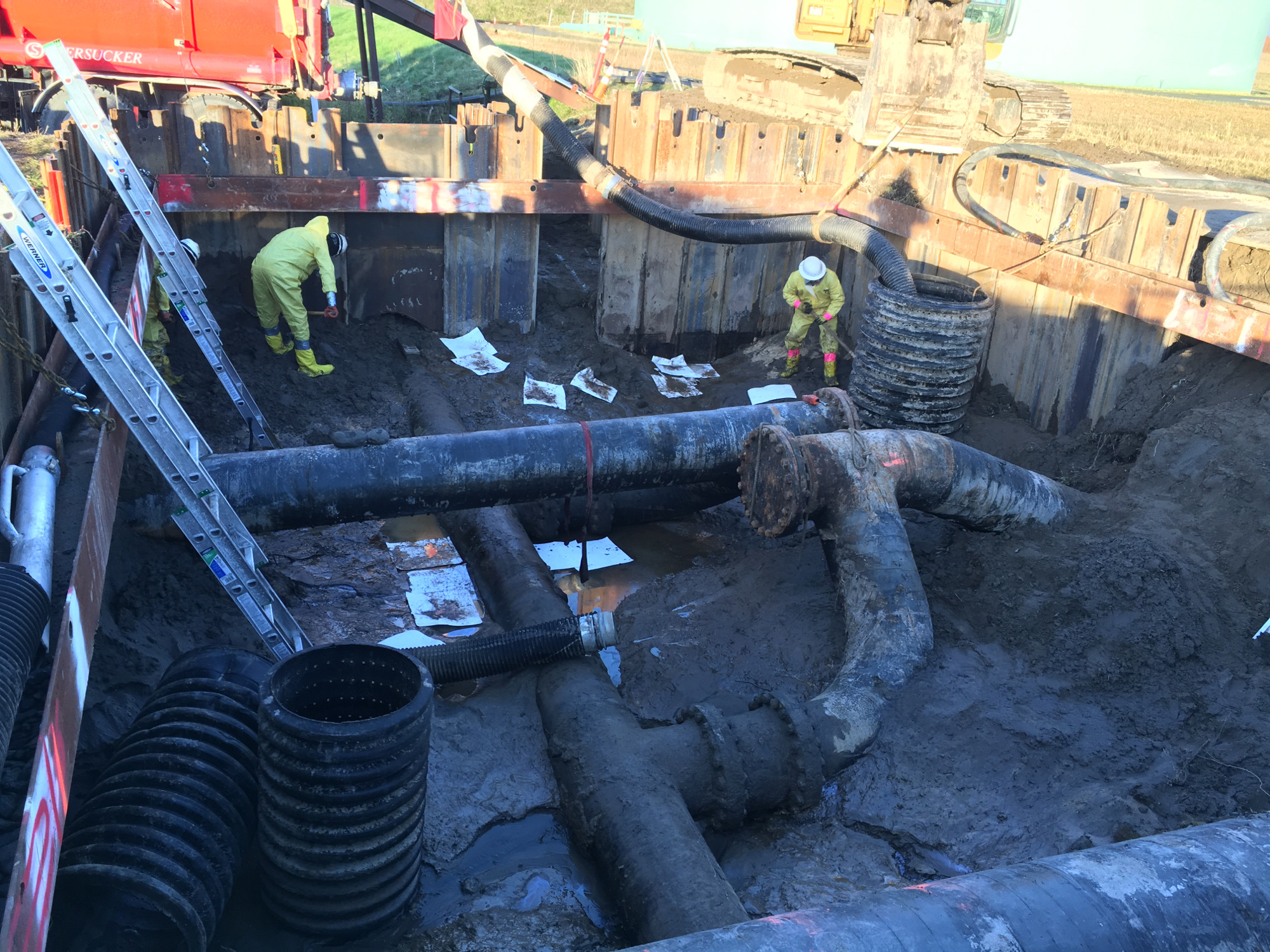
Hilcorp spokeswoman Lori Nelson stated in a May 10 email that the company is working with the state to improve regulatory compliance. She cited a March 21 order from the oil commission that states “during the past twelve months, Hilcorp has taken initiatives that have improved their overall regulatory compliance.”
At the same time Hilcorp Alaska was violating state regulations, it also came under fire from the U.S. Environmental Protection Agency for Clean Water Act violations stemming from a February 2015 Milne Point oil spill.
The EPA alleged Hilcorp Alaska and its partner, BP, spilled nearly 10,000 gallons of crude oil and oil-mixed water onto 40,000 square feet of Arctic tundra and gravel pad. The spill resulted from a pipeline leak. Hilcorp and BP each agreed to pay a $100,000 fine to settle the violation. This is just one of a dozen EPA enforcement actions against Hilcorp nationwide since 2011.
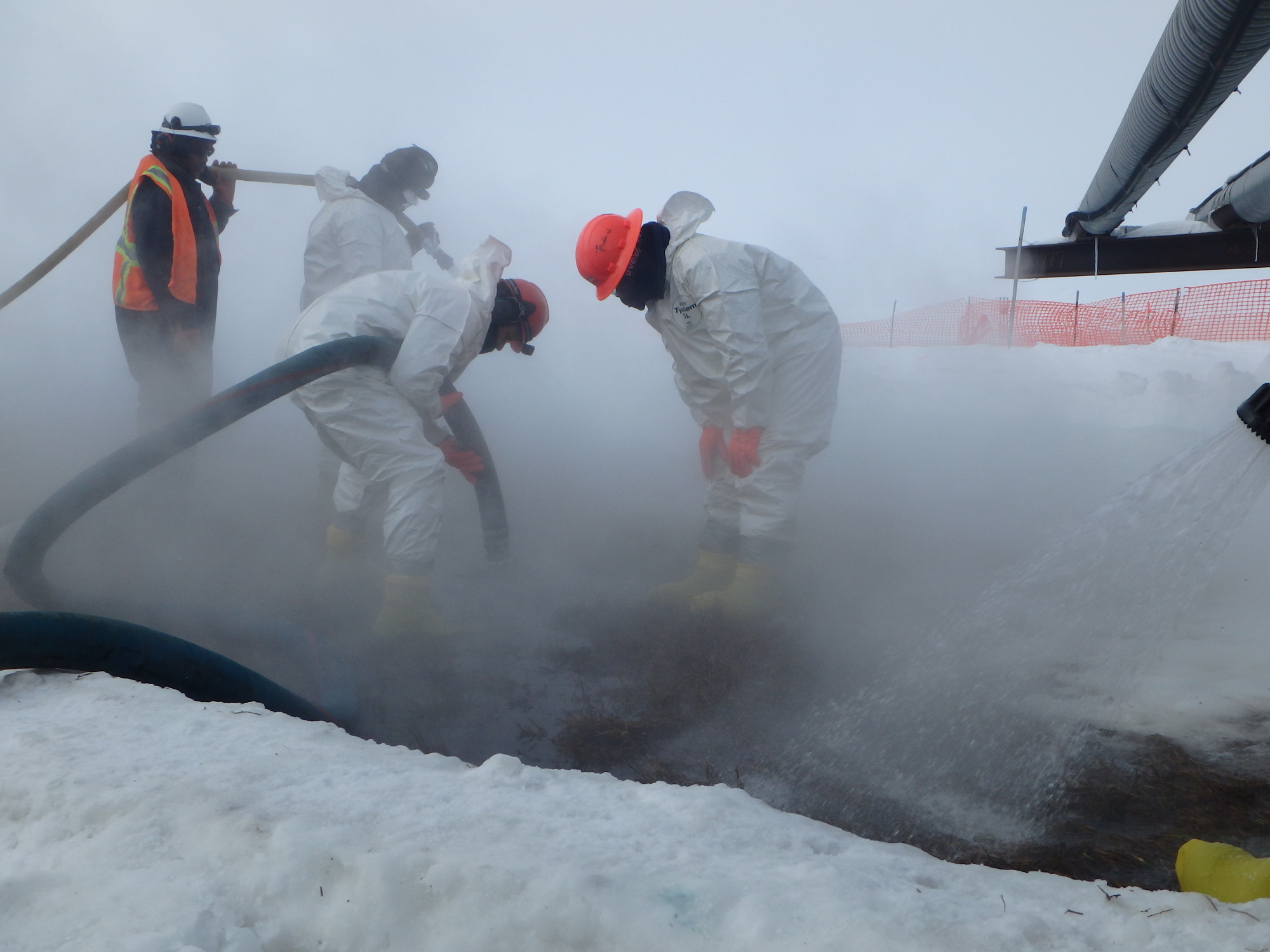
In 2015 and 2016, Hilcorp received five warning letters from the federal Pipeline and Hazardous Materials Safety Administration for an array of safety violations, including failure to inspect and test gas pipeline main valves and relief valves, failure to follow control-room management procedures and failure to accurately report pipeline flow data (2015 warning letters; 2016 warning letters).
Hilcorp’s record adds up
The spike in regulatory violations comes at the same time Hilcorp Alaska is facing mounting environmental problems.
The company’s deteriorating undersea pipelines in Cook Inlet are showing signs of systemic collapse. Two gas pipelines have failed since December. Environmental groups, including the Center for Biological Diversity (publisher of The Revelator) and Cook Inletkeeper, are demanding that state and federal regulators inspect all offshore pipelines in Cook Inlet for corrosion and other damage.
Nelson stated in her email that the company works closely with state and federal regulators to “monitor and manage Cook Inlet pipelines to ensure system integrity.”
But throughout the four months when one its undersea pipelines leaked more between 200,000 and 310,000 cubic feet a day of methane into the environmentally sensitive Cook Inlet, Hilcorp Alaska’s response was to downplay the potential of serious environmental problems and keep pumping oil.
“Hilcorp believes the samples also demonstrate that current water quality does not pose a threat to wildlife,” the company stated in March 24 press release about the methane leak.
State officials later criticized the company’s monitoring because the tests were not conducted in the actual methane plume.
When faced with the choice of immediately shutting down the methane pipeline when the leak was first discovered in late December and visually verified on Feb. 7, or keeping natural gas flowing to power two offshore oil platforms pumping $68,000 worth of oil a day (at $50/barrel), Hilcorp Alaska opted for the black gold.
Hilcorp said it needed to keep pumping oil to prevent an oil pipeline running parallel to the leaking methane pipeline from freezing and possibly rupturing. And the company stated it couldn’t fix the pipeline until the ice cleared from Cook Inlet.
“Ice conditions in the Cook Inlet prevented divers from safely accessing the pipeline following identification of the leak,” Nelson stated in her email.
Hilcorp stopped the leak coming from a half-inch crack in the 8-inch diameter pipeline with a temporary repair on April 13.
Hildebrand’s next big bet
Despite Hilcorp’s financial and infrastructure problems in Cook Inlet, Hildebrand still has big plans on Alaska’s North Slope.
Hilcorp Alaska is seeking federal permits to construct a 24-acre, artificial gravel island in 19 feet of water located five miles offshore in the Beaufort Sea to develop a massive oil reserve. The 60,000-to-70,000 barrel per day Liberty Project, which is 50 percent owned by BP, would be the nation’s first offshore oilfield in the Arctic Ocean relying entirely on federal leases.
The oil would be extracted from two federal offshore leases acquired by Shell Oil Co. in the 1990s. Hilcorp Alaska submitted a development plan in 2015 to the federal Bureau of Ocean Energy and Management. The agency is expected to release a draft “environmental impact statement” in May and hold public hearings this summer.
Hilcorp Alaska already has experience in operating the Northstar and Endicott offshore oil production islands purchased from BP in 2014. Northstar, built in 2001, is the first North Shore, manmade offshore production island. The company points to years of safe operations at four North Slope oil production islands as evidence that that the Liberty Project can be safely constructed and operated.
But Hilcorp Alaska’s history in Cook Inlet is raising red flags about the company’s ability to safely operate an offshore oil platform in the North Slope’s harsher climate. Hilcorp Alaska’s Milne Point facility has already been the site of a major oil spill and the accident that nearly claimed three lives.
“The fact that you have these high-risk, high-value operations offshore, means we need to have confidence in the people who are doing it,” says Lois Epstein, Arctic program director for the Wilderness Society. “The U.S. regulatory structure can never oversee it.”
“If Hilcorp can’t even stop a gas leak under the ice in Cook Inlet, then it has no business drilling its Liberty Project in the Arctic, where sea conditions are even more treacherous,” Miyoko Sakashita, ocean program director for the Center for Biological Diversity, said in a release.
But that argument may not sway federal regulators, says Epstein. “BOEM doesn’t care what goes on elsewhere,” she says. “They just hide behind their own jurisdiction.”
The Bureau did not respond to repeated interview requests.
The Liberty Project, even if approved, is years away from construction and would face substantially higher construction and production costs than other domestic U.S. oil sources that could make it too expensive to build. Hilcorp spokeswoman Nelson stated the Liberty project “will require in excess of $1 billion in investment.”
Meanwhile, Alaska, in a fundamental shift, is quickly moving away from its symbiotic relationship with oil. Faced with a massive $3 to $4 billion budget deficit last year, the state took steps to sharply reduce the billions of dollars in tax breaks to encourage oil production.
Alaska’s lucrative tax breaks were the primary reason Hildebrand set up operations in Alaska in 2011. Dave Wilkins, Hilcorp Alaska senior vice president, made that point to the Alaska Senate Resources Committee in April 2016 when he urged them to keep the tax breaks in place.
“It’s also no secret that Alaska’s tax credit system and the Cook Inlet Recovery Act were key drivers in bringing Hilcorp to Alaska and in our investments to date,” Wilkins testified.
Wilkins warned the committee that eliminating the tax breaks could have dire consequences. Hilcorp Alaska, he said, “isn’t going to continue to invest hundreds of millions of dollars in Alaska, especially in this price environment, when the fiscal structure continually changes.”
The legislature brushed aside the threats and eliminated tax credits for Cook Inlet.
Alaska Gov. Bill Walker went one step further and slashed another $430 million in tax rebates through a line-item veto. More cuts are looming as the legislature is debating this year whether to end or reduce tax credits on the North Slope where the state reimburses 35 percent of oil company losses.
“If the legislature decides to change tax policy again, we will evaluate the economic impact to our company and adjust our spending accordingly,” Wilkins testified before the House Resources Committee on Feb. 1.
The economic outlook is not only increasingly uncertain for Hilcorp Alaska, it’s also hitting back home in Texas.
Jeffery Hildebrand’s personal wealth is taking a substantial hit in the face of the new reality of cheap oil and scaled-back subsidies.
Hildebrand’s “real time” net worth, according to Forbes, has declined from $5.9 billion in 2015 to a mere $3.9 billion as of May 21.
Coming next: We look at Hilcorp’s record in another state known for oil leaks: Louisiana.

